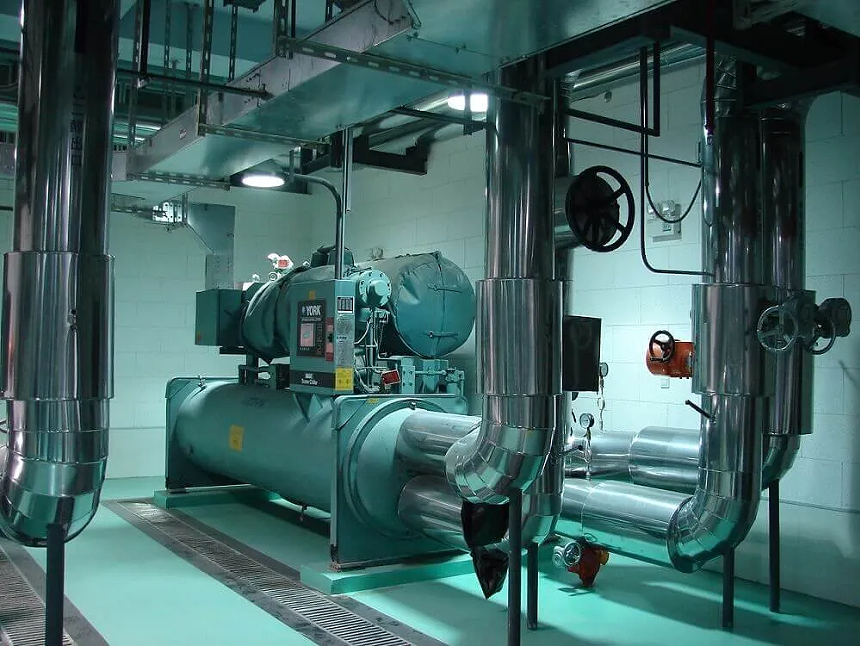walk in freezer defrost cycle temperature
Understanding the Defrost Cycle Temperature in Walk-In Freezers
Walk-in freezers are essential facilities in the food and beverage industry, providing large-scale storage solutions that maintain products at sub-zero temperatures. One critical aspect of their operation is the defrost cycle, which is vital for maintaining efficiency and ensuring the quality of stored items. Understanding the ideal defrost cycle temperature in walk-in freezers can significantly impact energy efficiency and product integrity.
During operation, ice tends to accumulate on the evaporator coils due to humidity in the air. While a certain amount of frost is normal, excessive buildup can hinder airflow and reduce the freezer's efficiency. This is where the defrost cycle comes in. Typically, walk-in freezers utilize either an automatic or manual defrost system. The automatic system periodically raises the temperature of the evaporator coils to melt the accumulated ice, allowing it to drain away.
The ideal defrost cycle temperature for most walk-in freezers is usually set between 32°F (0°C) and 45°F (7°C). This temperature range is effective for removing frost without substantially increasing the overall temperature of the freezer itself. Maintaining the right balance is crucial; if the temperature rises too high, the stored products can begin to thaw, leading to quality issues and potential spoilage.
walk in freezer defrost cycle temperature

Effective management of the defrost cycle not only protects the integrity of the food items but also contributes to energy savings. When ice forms on the coils, the refrigeration system must work harder to maintain the desired temperature. This results in increased energy consumption, which can be a significant cost for businesses. By ensuring that the defrost cycle operates correctly and efficiently, businesses can mitigate these costs while ensuring their products remain safe and fresh.
Moreover, regular maintenance and monitoring of the defrost cycle can prevent issues before they arise. It’s essential to check not only the temperature settings but also the timers and sensors that control the defrost cycle. Any malfunction can lead to either excessive frost buildup or inadequate defrosting, both of which are detrimental to the walk-in freezer’s performance.
In summary, understanding the defrost cycle temperature in walk-in freezers is a key aspect of successful freezer management. By keeping the defrost temperature within the 32°F to 45°F range, businesses can enhance efficiency, reduce energy costs, and ensure the longevity of their products. Regular maintenance and monitoring of system performance are critical for keeping the defrost cycle in optimal condition, ultimately leading to improved operational effectiveness in the food storage industry.
















































































































